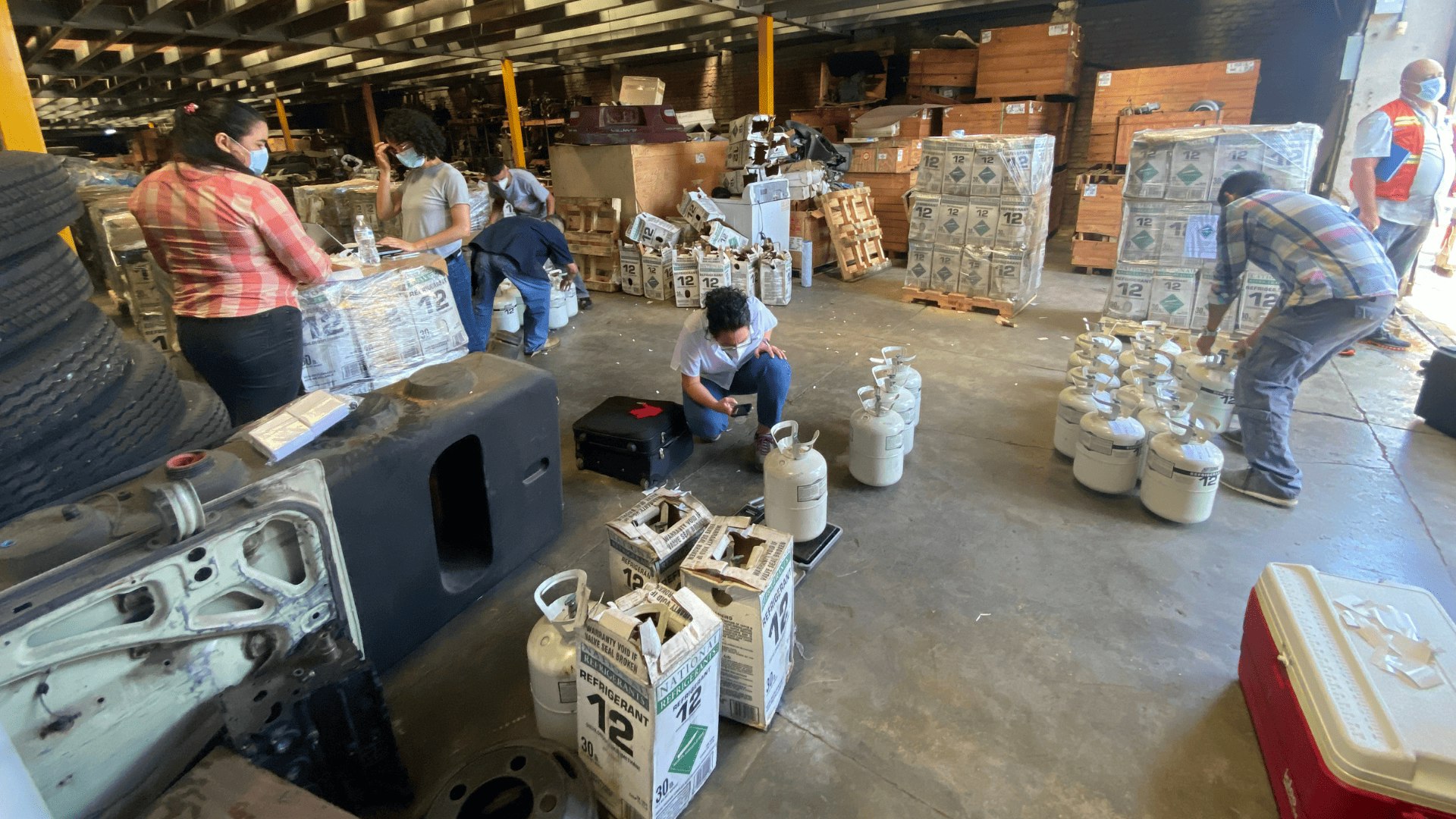Why This Work Matters Now

I have had a long career working in the environmental field, focusing on a wide range of problems and their potential solutions. Those of us who have been fighting for the planet for a long time know how easy it is to lose hope and feel we are always in an uphill battle. The climate crisis is certainly one of those uphill battles, but I am pleased to have identified a path to meaningful impact—the collection, control, and destruction of potent greenhouse gases.
Let me tell you more.
We all know that the main culprit of climate change is carbon dioxide (CO2). Most global policy efforts are appropriately focused on reducing CO2 emissions, and there is a lot of important work being done by dedicated individuals to address this.
However, what many people are not aware of is that there are other potent greenhouse gases aside from CO2 out there. These non-CO2 gases also pose an extremely urgent threat, accounting for about half of the warming the planet has experienced since 1970—but alarmingly, very few people are focused on these potent non-CO2 gases.
Which is where we come in.
Tradewater is a mission-based company dedicated to mitigating greenhouse gas emissions. Last year we became a certified B-Corp to further express our values and intentions. There is no question about it—we are committed. And our commitment is to fight climate change by preventing non-CO2 gases from being released into the atmosphere, as much as possible, and as soon as possible.
This is why we are finding, collecting, and destroying refrigerant gases that are over 10,000 times as potent as carbon dioxide, and why we are plugging uncontrolled sources of leaking methane, which is a powerful short-lived climate pollutant 84 times more potent than carbon dioxide. Methane also accounts for 25% of the world’s greenhouse gas emissions from human activity and is the second leading cause of climate change after CO2.
Here are a few facts that anyone who cares about climate change should know:
- There is no pathway to prevent 1.5o C of warming without addressing non-CO2 gases.
- Non-CO2 gases like refrigerants and methane cannot be removed from the atmosphere once they are released. The only option is to prevent their release in the first place.
- Whereas the Montreal Protocol banned the production of old refrigerants that are ozone depleting substances (e.g., chlorofluorocarbon [CFC], and hydrochlorofluorocarbon [HCFC]), over 20 billion tons of CO2 equivalent in the form of Ozone Depleting Substances (ODS) are distributed around the world and in need of collection and destruction.
- Methane accounts for 25% of the global warming we are experiencing today.
- If we reduce methane emissions by 40% over the next ten years, we can prevent .3o C of warming by 2040.
Scaled-up efforts to collect, control, and destroy non-CO2 gases will make a significant difference in the short term and buy more time for the global implementation of long-term and essential CO2-based reduction strategies.
To achieve this impact, two things must happen: we must collect, control, and destroy as many non-CO2 gases as we possibly can, and we must find partners who value these climate benefits. It is through climate finance – the sale of high quality, additional, and permanent carbon offset credits – that meaningful scale will be achieved.
Since we started this work in 2012, we have collected and destroyed gases that are the equivalent of over 6 million tons of CO2. But we are reaching for new heights. In 2023 alone, we are slated to prevent 3.5 million tons of CO2e releases, and are projecting 22 million tons of impact through 2027.
We do not have much time to avert catastrophic climate change, so it is important for everyone to define their path to the greatest impact and get to work.
This work really matters. And it matters right now.
Learn more about why this work matters.